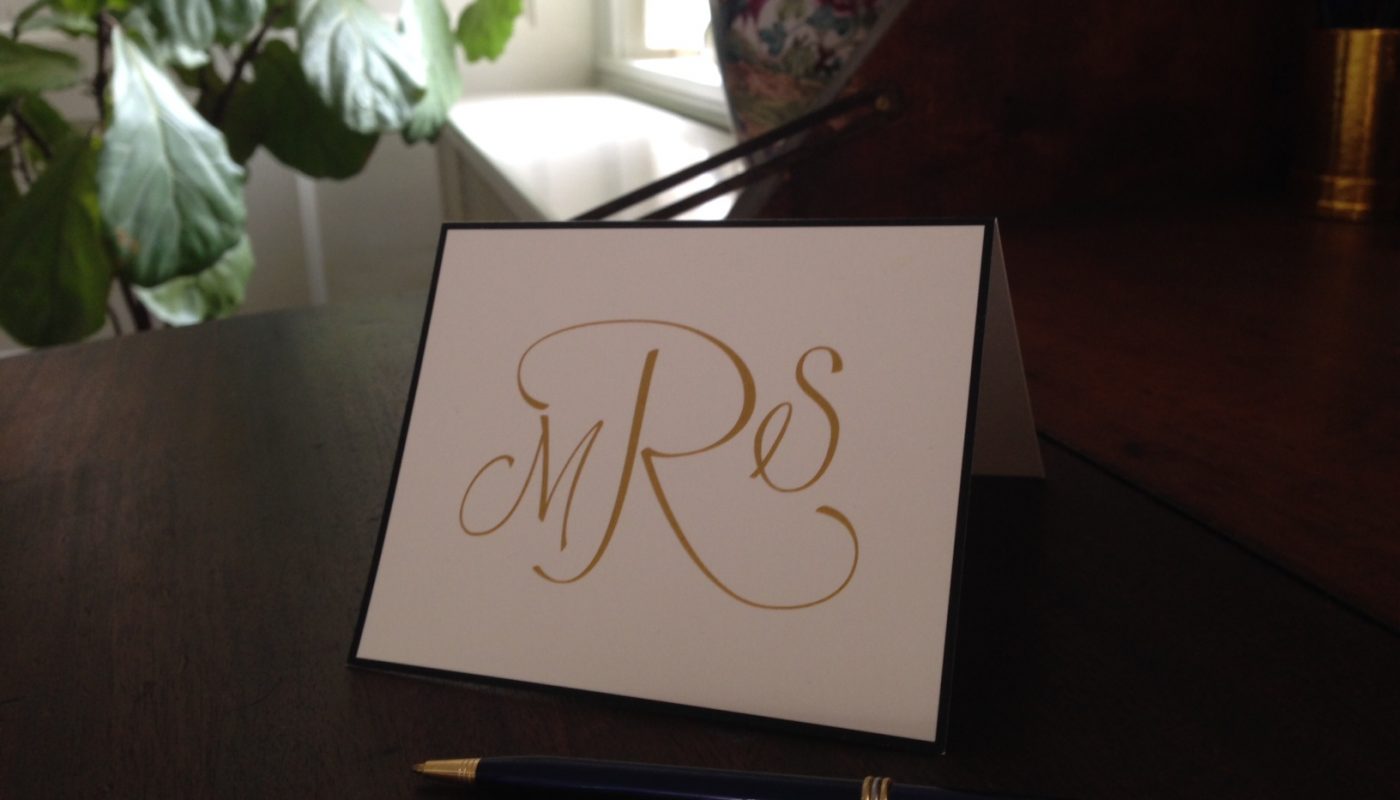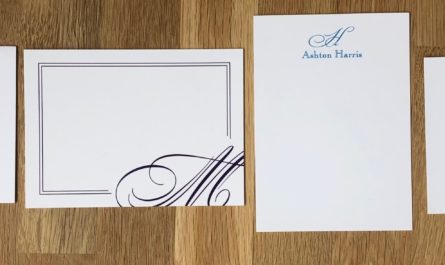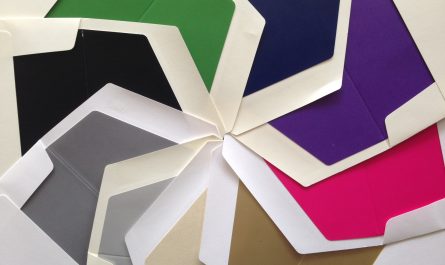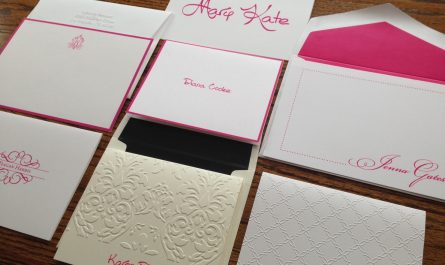In Parts 1 & 2 of this blog series on “The Art of Letter Writing,” we covered the basics of letter writing: the importance of being yourself and what to write about. Now, we’re going to turn to the letter’s ending. How do you know when you’re done? How do you sign off? Sometimes, a conclusion can be the hardest part about writing. Here’s how to end your letter in style.
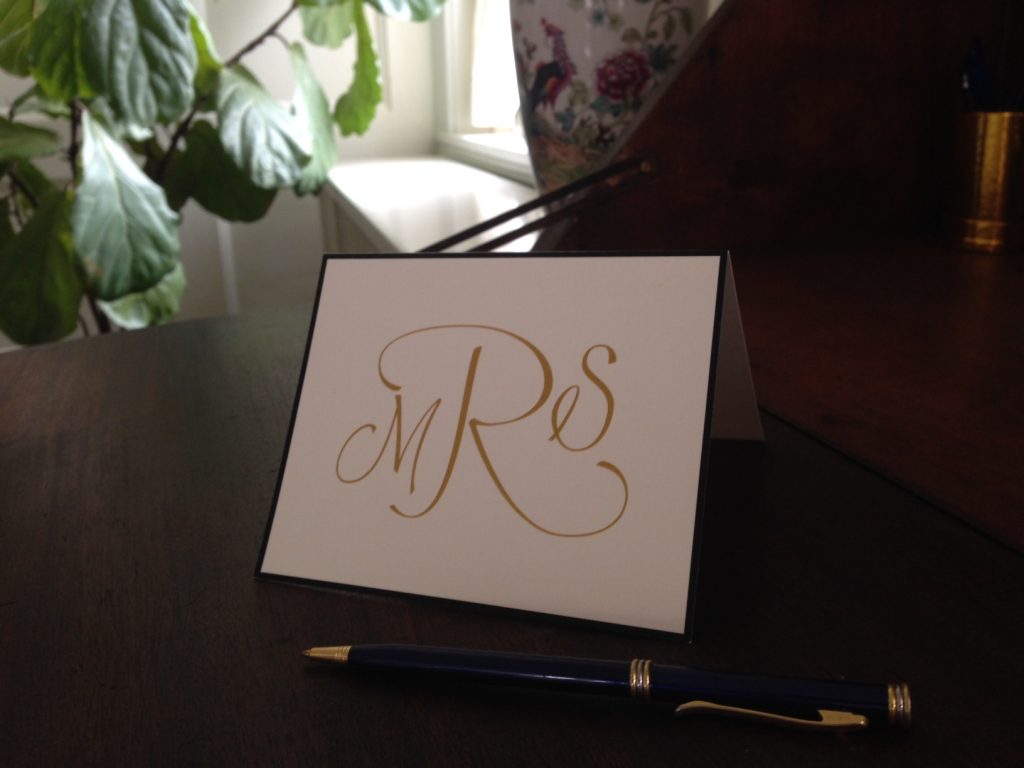
Ending Don’ts
You have some choices about how to end your letter. But first, let’s cover the ways you should NOT end your letter. Certainly when it comes to essay writing, a conclusion that summarizes the essay’s main points often sounds a little forced. To apply that type of conclusion in a letter would feel doubly so.
Just as we advise you to keep your letter (mostly) positive, ending on a negative note would be a downer. You want to leave the reader in a happy spot — or if not strictly happy, at least calm and possibly content. So keep a sad piece of news or a sorry story for the middle of the letter, and move on to more upbeat content at the end of it.
And for those of you who are new to letter writing, try not to disparage your own letter or writing in your closing. No self-deprecating remarks or half-apologies for boring your reader. Chin up! Assume the reader is thrilled to hear from you and that you are a lovely and entertaining correspondent.
Ending Dos
So how should you close your letter in style? As hinted at above, save a positive little nugget — like a sighting of a mutal friend, the funny thing your three-year-old told you yesterday, or how the rain is falling and it reminds you of the time you both ate at that cute little diner next to campus and had to run to class in the rain.
You could make an excuse or refer to some time deadline you have going on in your day: “I need to pick up Spark from the groomer. Gotta run!” “I would write more, but my 3 p.m. meeting is about to start. I’ll write again next month.” That sort of thing.
Another way to finish the letter is to simply finish. There’s a lot to be said for not dragging things out. When you’re done, get right to the sign-off and be done. “That’s all for now. Yours, affectionately…”
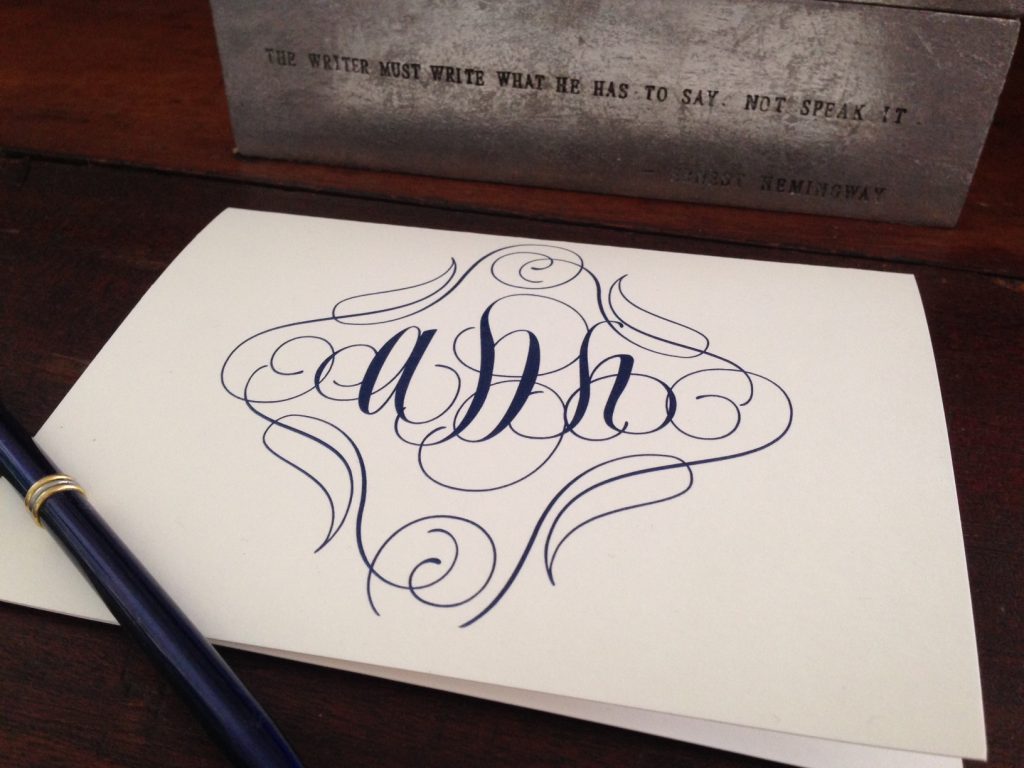
Sign Your Letter
The sign-off can be the usual and expected “Sincerely” or “Sincerely yours.” It can also be a more casual “Fondly,” “Love,” “Much love” or “XOXOXO.” Lately, people have been using “Best” or “My best.”
“Regards” “Kind regards” and “Best regards” feel a little more formal. Use those for people you don’t know very well or haven’t seen in a long time. “Yours truly” is a bit old-fashioned and slightly romantic.
You can even skip the sign-off altogether and write your name.
And how about the signature? Feel free to use your characterstic signature, even if it’s truly illegible. Just be sure you clearly print your name as part of the return address on the envelope. It would be horrible to go to all that trouble of writing and the reader have no idea who wrote the letter.
Hopefully the letter will have enough personal information in it that the reader can guess, or at least narrow it down…but why make them work so hard? So a word to the wise: Be sure your signature is legible if you don’t use your name on the return address–or be sure to write your name on the envelope with your address.
And now, reader, I need to go feed my chickens!
Sincerely yours…
Laurie <3

